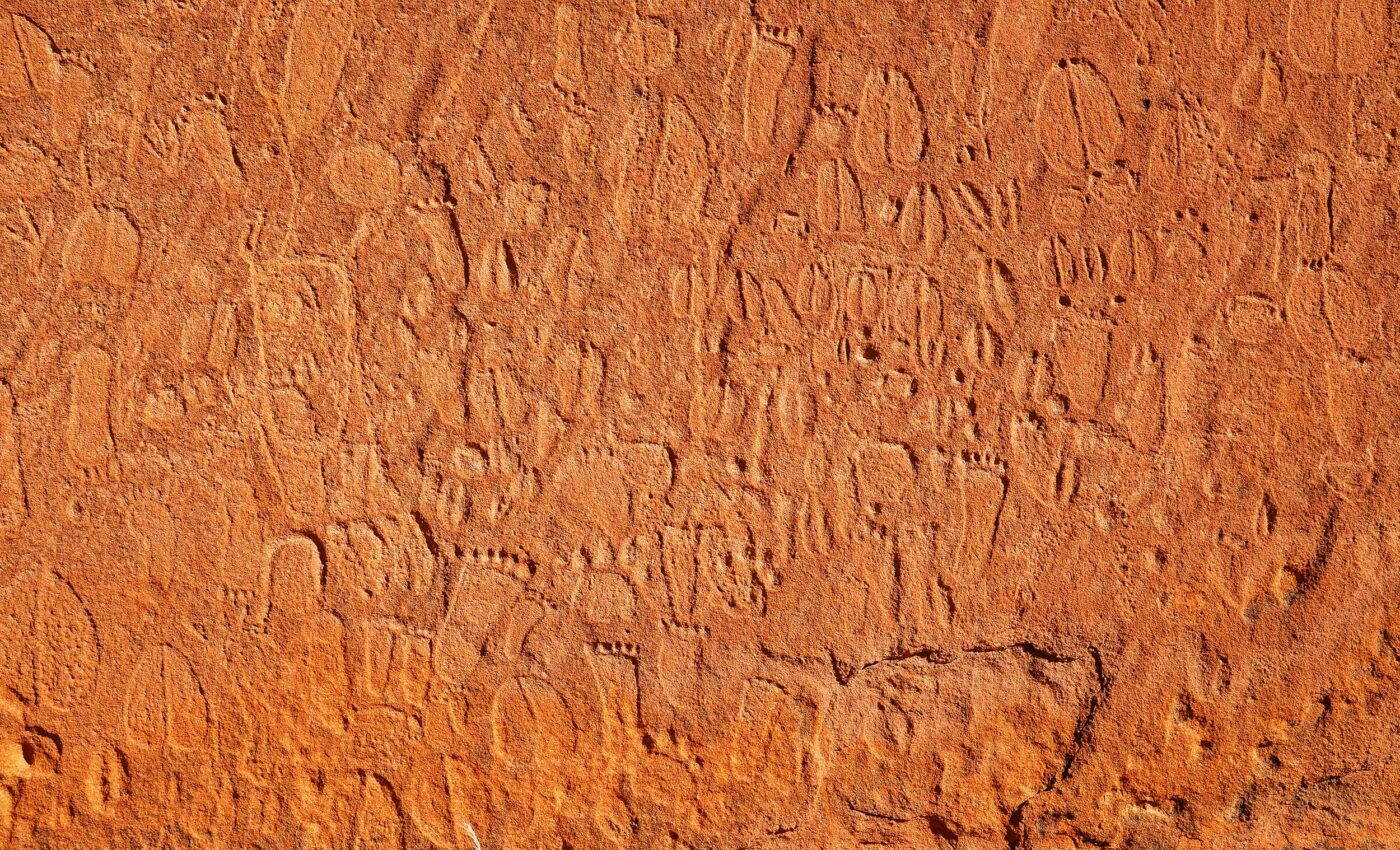
Stone age artists carved incredibly detailed animal tracks onto rocks
Namibia, known for its rich tapestry of prehistoric stone age rock art, has once again come under the limelight. This time, not just for the artistry, but for the remarkable precision with which ancient artists engraved animal and human tracks during the Later Stone Age.
A recent study, as reported by Andreas Pastoors and his team from Friedrich-Alexander-Universität Erlangen-Nürnberg, Germany, discovered that the details in this stone age art are so intricate in these engravings that contemporary Indigenous trackers can determine the species, age, and sex of the animal or human just from the footprint.
Namibia stone age art stands out
Published in the open-access journal PLOS ONE, the research indicates that while engravings of footprints appear in many prehistoric rock art traditions across the globe, those from Namibia stand out for their detail and execution.
Historically, such engravings have been clubbed with geometric shapes in the annals of rock art studies, leaving this specific niche under-researched, despite its widespread presence. This oversight makes the present study even more significant.
To glean insights from these rock art engravings, researchers sought expertise from Indigenous tracking specialists of the Kalahari desert. The trackers were assigned the task of analyzing footprints carved into the rocks of the Doro! Nawas Mountains located in central Western Namibia.
Indigenous experts can easily translate
In a stunning revelation, the Indigenous experts managed to determine not just the species represented by the engravings, but also the sex, age group, and even which exact leg (left or right) the print belonged to in over 90% of the 513 analyzed engravings.
Further, it was identified that the range of animal species depicted by their tracks was far greater than the actual engravings of the animals themselves.
Patterns emerged, suggesting the engravers had a discernible inclination towards specific species. They leaned more towards representing adult animals than their younger counterparts and showed a penchant for male footprints over female ones.
These patterns, as intriguing as they are, emanate from what seems like culturally determined preferences. However, the exact significance behind these choices is yet to be deciphered.
While researchers believe that contemporary Indigenous knowledge holds immense potential to further archaeological research, the specific context and meaning behind this rock art, in all its depth and nuances, might remain a mystery.
Summing up the importance of the study, the authors noted, “The engravings on Namibia’s rock faces, largely overlooked due to previous research limitations, provide a window into a past where animals and humans coexisted, and where the artists differentiated cultural patterns in their representation. Partnering with Indigenous trackers from the Nyae Nyae Conservancy in Tsumkwe has opened up a richer understanding of this ancient art form.”
—
Like what you read? Subscribe to our newsletter for engaging articles, exclusive content, and the latest updates.
—
Check us out on EarthSnap, a free app brought to you by Eric Ralls and Earth.com.













